
Table of Contents
Have you ever wondered why some whitepapers generate a flood of leads while others barely make a ripple? The secret lies not just in the content, but in the strategic approach to creating a whitepaper that doubles as a powerful lead magnet. Welcome to ‘From Concept to Lead Magnet: A Step-by-Step Guide to Creating High-Converting Whitepapers’, where we’re going to demystify the art of whitepaper creation and help you optimize your conversion rates.
Let’s start with a sobering fact: According to DemandGen Report, 67% of B2B marketers see whitepapers as the most effective type of content for lead generation. Yet, many marketers struggle to create whitepapers that truly resonate with their audience and drive action. Why is that? Perhaps it’s because they’re focusing too much on the ‘paper’ and not enough on the ‘lead’.
Agree: You’re probably nodding your head in agreement. After all, in today’s digital age, creating a whitepaper is just the first step. The real challenge lies in transforming that whitepaper into a lead magnet that attracts, engages, and converts your target audience.
Promise: In this comprehensive guide, we promise to walk you through the entire process of creating a high-converting whitepaper. From defining your target audience and choosing the right topic, to designing an irresistible layout and optimizing your lead capture strategy, we’ll leave no stone unturned. By the end of this article, you’ll have a clear roadmap to create whitepapers that not only educate but also generate a steady stream of qualified leads.
Preview: So, buckle up as we embark on this journey. In the following sections, we’ll delve into:
- The anatomy of a high-converting whitepaper
- How to identify your target audience and choose a topic that resonates
- Crafting compelling content that solves problems and drives action
- Designing an engaging layout that enhances readability and conversions
- Optimizing your lead capture strategy for maximum results
- Measuring and optimizing your whitepaper’s performance
Are you ready to transform your whitepapers into lead magnets that supercharge your marketing efforts? Let’s dive in!
Mastering Whitepaper Creation for Optimal Conversion Optimization
Crafting a compelling whitepaper is not just about sharing your company’s innovative ideas or groundbreaking research; it’s an art that combines persuasive storytelling, meticulous research, and a deep understanding of your audience. Mastering whitepaper creation is a critical step in optimizing conversion rates, as it serves as a powerful tool to educate, engage, and convert your target audience into loyal customers. A well-crafted whitepaper can position your brand as an industry thought leader, build trust, and drive action. It’s a long-form content marketing asset that, when done right, can generate leads, nurture relationships, and ultimately, boost your bottom line. So, let’s dive into the world of whitepaper creation, explore best practices, and uncover secrets to make your whitepapers not just informative, but also irresistible to your readers.
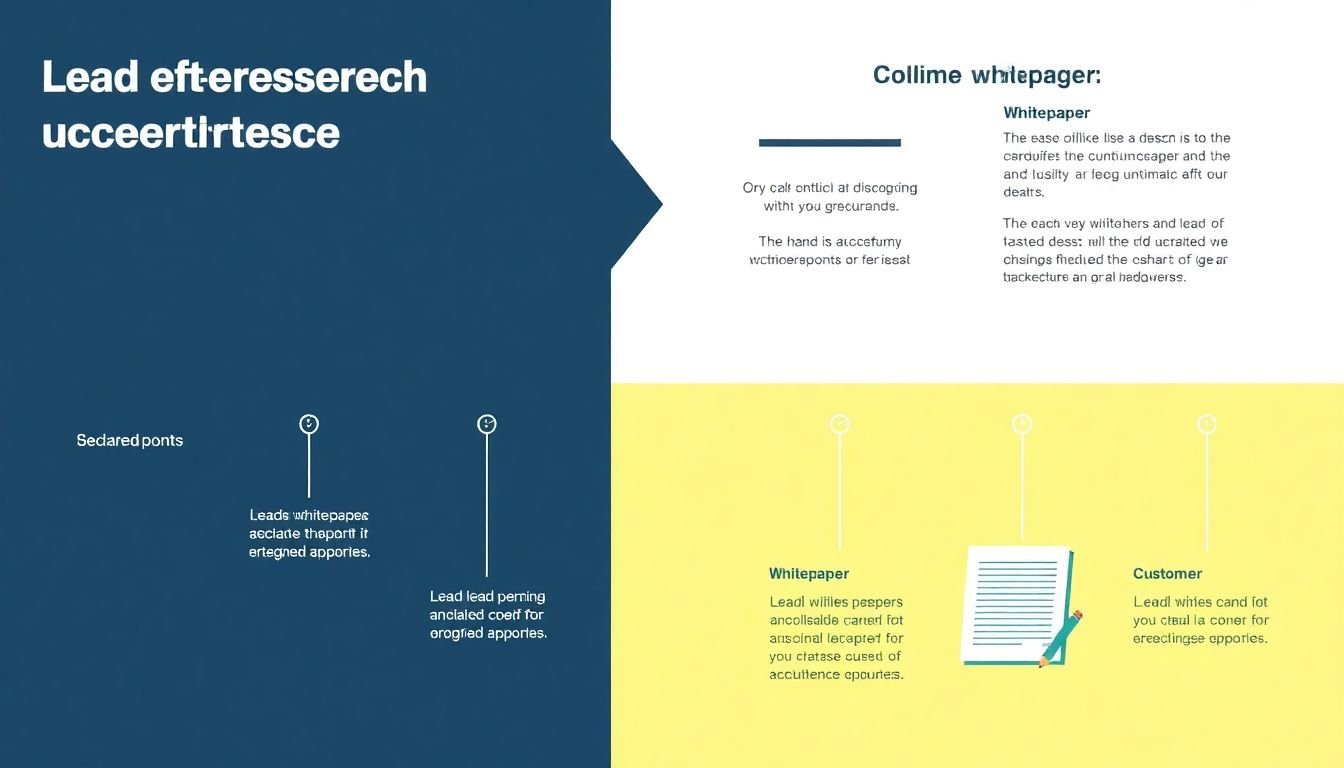
Understanding Whitepapers and Their Role as Lead Magnets
In the dynamic world of digital marketing, the term ‘whitepaper’ might evoke images of dry, academic texts, but in reality, it’s a powerful tool that can significantly enhance your lead generation strategy. A whitepaper, in this context, is a comprehensive, in-depth report that provides valuable information about a specific topic, often delving into complex subjects and offering unique insights. It’s not just a sales pitch; it’s a resource that educates, informs, and empowers your audience.
The purpose of a whitepaper is multifold. Firstly, it establishes your brand as an authority in your industry. By providing in-depth, well-researched content, you’re demonstrating your expertise and building trust with your audience. Secondly, it generates leads. Whitepapers are often used as lead magnets, enticing potential customers to exchange their contact information for access to the valuable content. This allows you to build your email list and nurture leads through targeted marketing.
As a lead magnet, whitepapers play a pivotal role in the conversion optimization process. Here’s how:
- Attracts the Right Audience: Whitepapers target a specific niche or industry, ensuring that the leads generated are relevant and likely to convert.
- Builds Trust and Credibility: By providing valuable, informative content, whitepapers help build a relationship with potential customers, making them more likely to trust your brand and consider your products or services.
- Encourages Engagement: Whitepapers are typically gated, meaning users must provide their contact information to access them. This encourages engagement and interaction with your brand.
- Feeds the Sales Funnel: Once you’ve generated leads with your whitepaper, you can nurture them through your sales funnel with targeted, personalized marketing.
In essence, whitepapers are not just about generating leads; they’re about generating the right leads. They’re about building relationships, establishing authority, and driving conversions. They’re a testament to the power of valuable, informative content in the digital age.
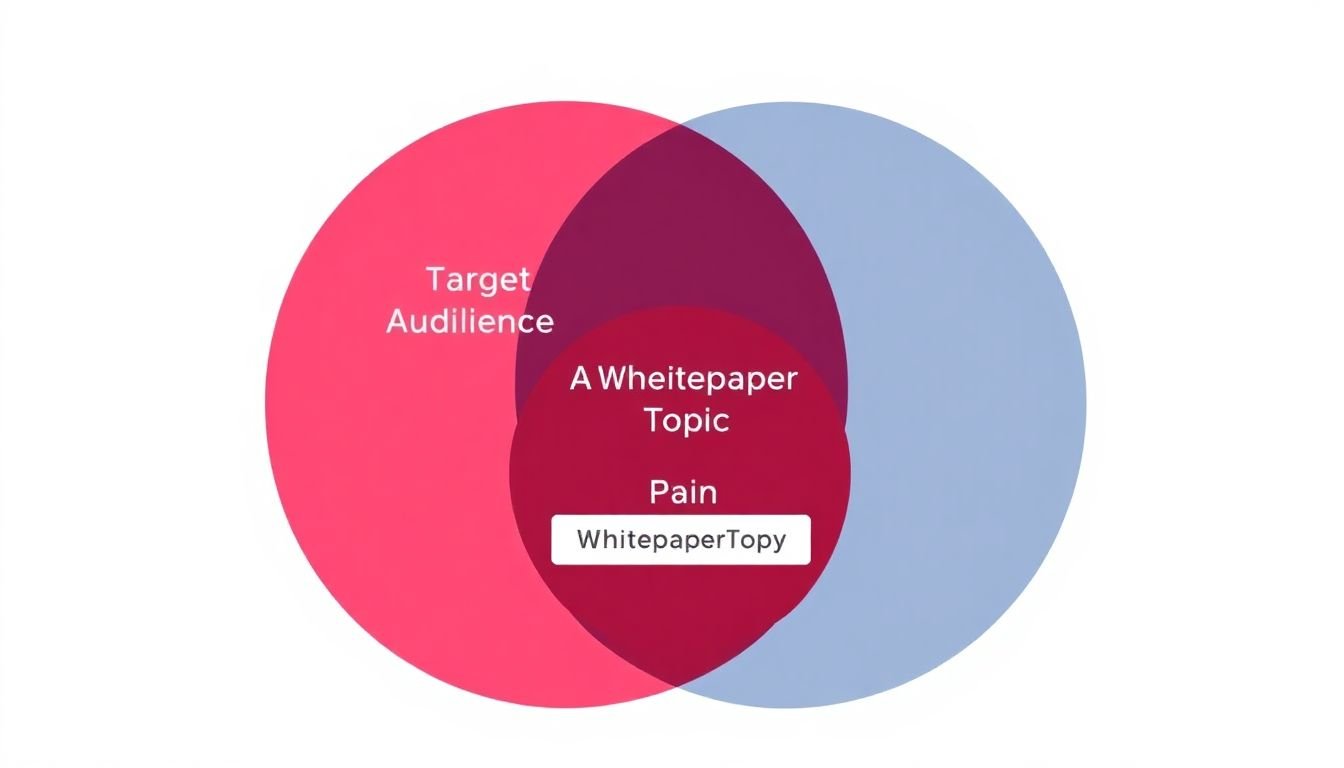
Identifying Your Target Audience and Their Pain Points
Identifying your target audience and understanding their pain points is a critical first step in creating a compelling whitepaper. This process, often referred to as audience research, is not just about demographics; it’s about delving deep into the minds of your potential readers to understand their challenges, needs, and goals. By doing so, you can tailor your whitepaper to speak directly to them, making it more valuable and engaging.
The importance of this understanding cannot be overstated. In today’s information-overloaded world, readers are discerning. They want content that resonates with them, that addresses their specific problems, and that offers practical solutions. A whitepaper that misses the mark on these fronts is likely to be ignored.
So, how does one conduct audience research? Here are some steps:
-
Define Your Target Audience:
- Start broad, then narrow down. Consider industry, job role, seniority, company size, location, and any other relevant factors.
Create Buyer Personas:
- Give your target audience a human face. Create detailed profiles of your ideal readers, including their goals, challenges, and information sources.
Conduct Surveys and Interviews:
- Reach out to your target audience directly. Ask about their pain points, their research habits, and what they hope to gain from a whitepaper like yours.
Analyze Online Behavior:
- Look at what kind of content your target audience engages with online. This can provide valuable insights into their interests and challenges.
Use Your Findings:
Once you’ve gathered your data, use it to inform your whitepaper’s content, tone, and structure. Address your audience’s pain points directly, and offer solutions that speak to their unique needs.
Remember, audience research is not a one-time activity. It’s an ongoing process that should inform not just your whitepaper, but your entire content marketing strategy. By continually refining your understanding of your target audience, you can ensure that your whitepaper, and all your content, hits the mark every time.
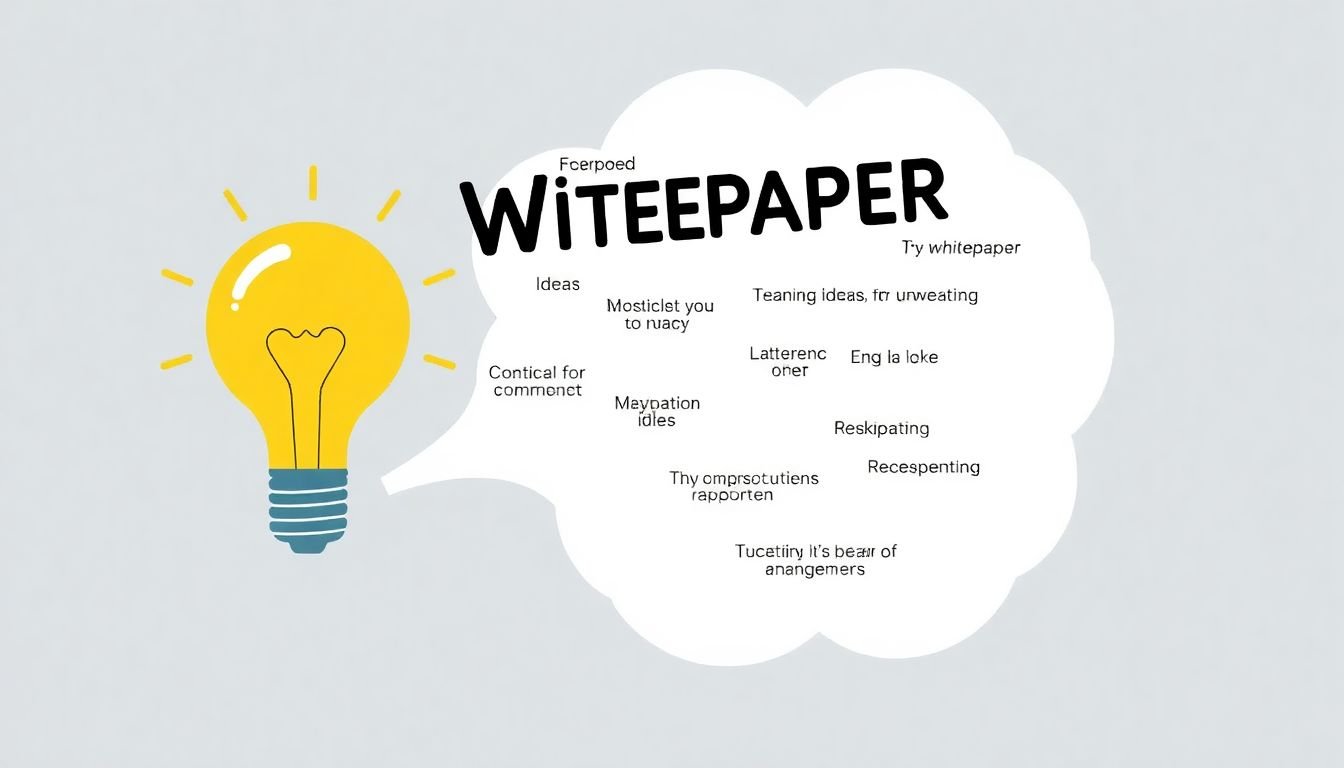
Choosing the Perfect Whitepaper Topic
Choosing the perfect whitepaper topic is a critical step in creating a compelling and valuable resource for your audience. It’s like planting a seed; if you choose the right one, it can grow into a thriving, insightful piece that resonates with your readers and aligns with your business goals. Let’s navigate through this process together, ensuring your topic is relevant, valuable, and unique.
The first step in selecting a topic is understanding your audience. Who are they? What keeps them up at night? What information are they craving? Once you’ve identified your target audience, it’s time to align their needs with your business objectives. After all, your whitepaper should not only inform and engage your readers but also support your business goals.
Now, let’s ensure your topic is relevant. Relevance is king in the content world. Your topic should be timely, addressing current trends, challenges, or opportunities in your industry. It should also be specific, drilling down into a particular aspect of a broader topic. For instance, instead of ‘Artificial Intelligence,’ consider ‘The Role of AI in Cybersecurity.’
Value is the next key ingredient. Your whitepaper should provide actionable insights, practical tips, or new perspectives that your audience can apply to their own situations. To ensure value, ask yourself: ‘What can my audience gain from reading this?’ If you can’t answer this question, it might be time to rethink your topic.
Lastly, uniqueness sets your whitepaper apart. It’s not enough to cover a topic; you must offer a fresh perspective. This could mean presenting new data, challenging conventional wisdom, or combining two seemingly unrelated topics. To ensure uniqueness, look at existing content on your topic. What’s missing? What can you add?
Remember, choosing a topic is not a one-way street. It’s an iterative process. Don’t be afraid to refine your topic based on feedback, market trends, or new insights. The perfect topic is out there, waiting for you to discover it. So, go ahead, start exploring, and happy whitepaper-ing!
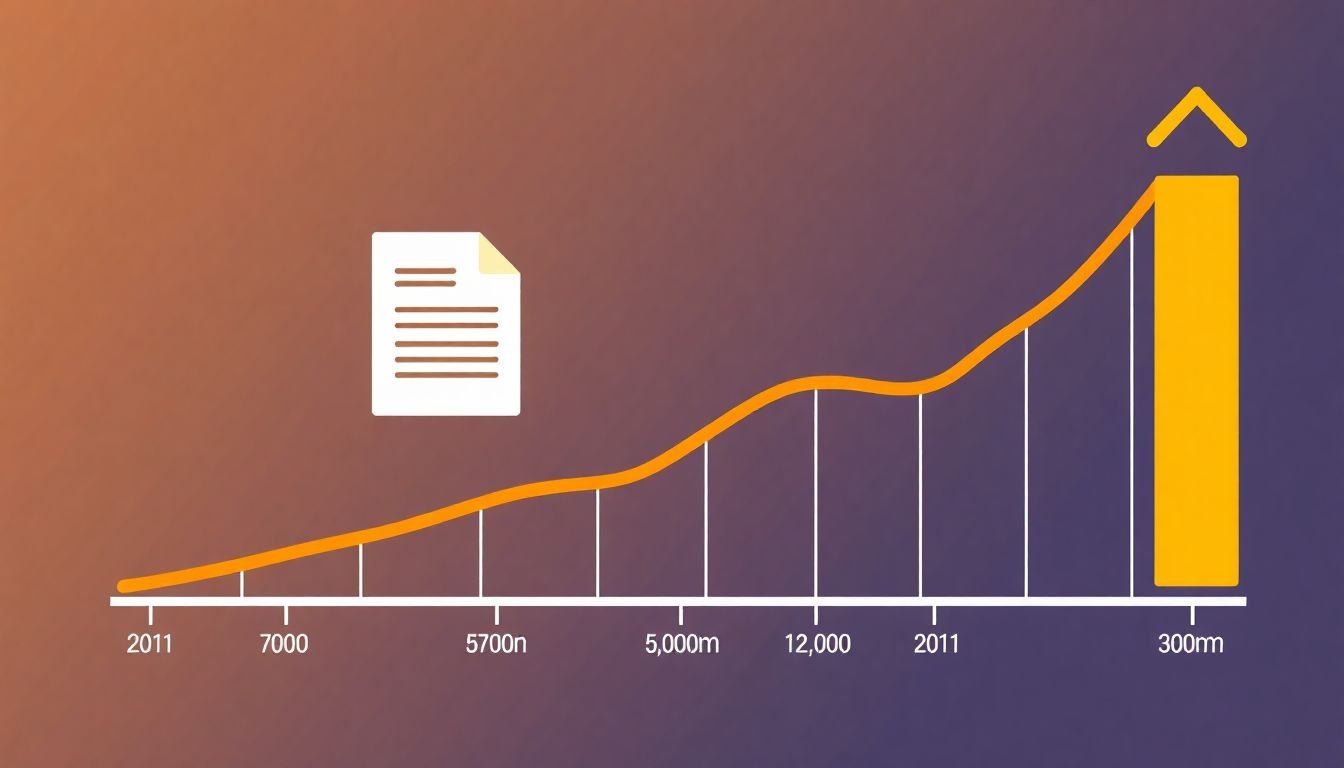
Setting Clear Objectives and Measuring Success
Setting clear objectives and measuring success are paramount when crafting a whitepaper, ensuring your efforts align with your goals and allowing you to evaluate your impact. Let’s dive into the importance of setting specific, measurable objectives and how to track and analyze performance using relevant metrics.
Firstly, setting clear objectives provides direction. It’s like having a GPS for your whitepaper journey. Instead of wandering aimlessly, you’ll have a destination in mind, be it increasing brand awareness, generating leads, or educating your audience. Specific objectives should be SMART: Specific, Measurable, Achievable, Relevant, and Time-bound. For instance, ‘Increase website traffic by 20% within the first three months of publication.’
Once your objectives are set, it’s time to identify relevant metrics to track and analyze performance. These metrics should align with your objectives and provide insights into your whitepaper’s success. Here are some metrics to consider:
-
Awareness Metrics:
- Website traffic, social media shares, and mentions, and email open rates.
Engagement Metrics:
- Time spent on the whitepaper, pages viewed, and download rates.
Lead Generation Metrics:
- Form submissions, click-through rates on calls-to-action, and conversion rates.
Impact Metrics:
Changes in customer behavior, sales growth, and customer feedback.
Regularly review and analyze these metrics to understand your whitepaper’s performance. This data will help you refine your strategy, improve future whitepapers, and ultimately, achieve your objectives.
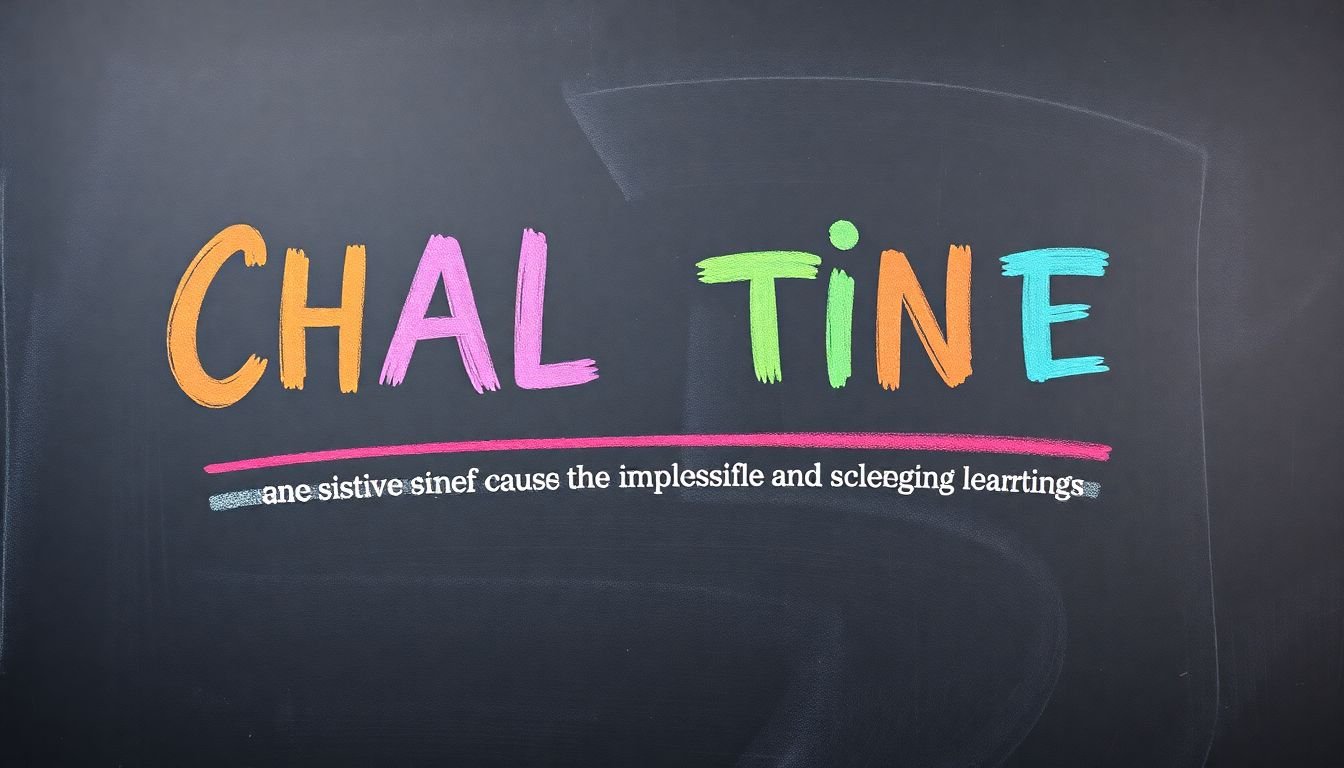
Crafting a Compelling Title and Subtitle
Crafting a compelling title and subtitle for your whitepaper is akin to writing a captivating headline for a newspaper article. It’s your first chance to grab the reader’s attention and clearly communicate the value of your content. Here are some tips to help you create an attention-grabbing title and subtitle that effectively convey your whitepaper’s value proposition.
The first step is to understand the role of keywords in your title. Keywords are the search terms that people use to find information on the internet. By incorporating relevant keywords into your title, you increase the likelihood of your whitepaper appearing in search results. However, be mindful not to stuff your title with keywords, as this can make it sound unnatural and unappealing.
Now, let’s dive into some strategies to create a compelling title:
- Keep it concise and clear: A good title should be no more than 60 characters long, including spaces. This ensures that it’s easy to read and understand at a glance.
- Use strong, active verbs: Starting your title with a strong verb can make it more engaging and compelling. For example, ‘Revolutionize’ instead of ‘A Study on Revolutionizing’.
- Create a sense of urgency or curiosity: Phrases like ‘Discover the Secret to’, ‘Unlock the Power of’, or ‘The Ultimate Guide to’ can pique the reader’s interest and encourage them to click through.
Once you’ve crafted a compelling title, it’s time to create a subtitle that supports and enhances it. A subtitle should provide additional context or clarify the main title. Here are some tips for creating an effective subtitle:
- Be specific: While your title might be broad, your subtitle should provide specific details about what the whitepaper will cover.
- Use numbers and data: Including a statistic or piece of data in your subtitle can make it more compelling and help to demonstrate the value of your whitepaper.
- Highlight the benefits: Clearly communicate the benefits of reading your whitepaper in the subtitle. What will readers learn or achieve by downloading it?
Remember, the goal of your title and subtitle is to clearly communicate the value of your whitepaper and entice readers to click through and download it. By following these tips and experimenting with different approaches, you can craft a title and subtitle that effectively convey your whitepaper’s value proposition and help it stand out from the crowd.
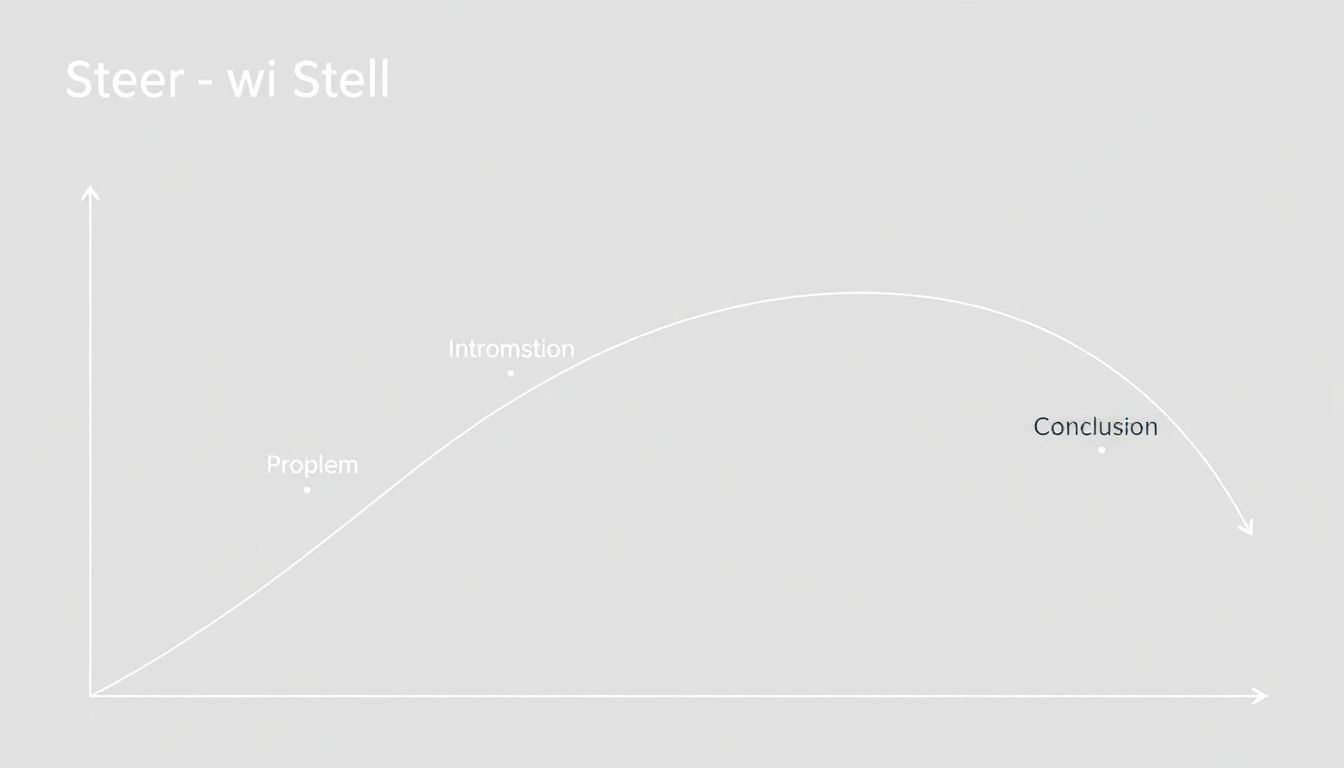
Structuring Your Whitepaper for Maximum Engagement
Crafting a compelling whitepaper involves more than just presenting facts and figures. It’s about guiding your readers on a journey that keeps them engaged from start to finish. The key to this lies in structuring your content into a clear, logical, and engaging format. Let’s dive into the art of whitepaper structuring.
The journey begins with a clear and captivating introduction. This is where you set the stage for your whitepaper, much like a playwright does for a play. Here, you should briefly introduce your topic, provide a sneak peek into what’s to come, and most importantly, pique your reader’s curiosity. Remember, you’ve got just a few sentences to grab their attention, so make them count!
Next, we move on to the body of your whitepaper. This is where you delve deep into the subject matter, providing detailed information, insights, and data. But be mindful, dear writer, not to overwhelm your reader with a barrage of facts. Instead, break down your content into manageable sections, each with a clear heading that guides the reader through the narrative. Here’s a simple way to structure your body:
- Start with the problem: Clearly define the issue that your whitepaper is addressing.
- Present the solution: Introduce your product, service, or idea as the answer to this problem.
- Back it up: Provide evidence, data, and expert opinions to support your solution.
- Show the benefits: Explain how your solution will improve the reader’s life or business.
Finally, we reach the grand finale
- the conclusion. This is where you sum up your whitepaper, reiterate your main points, and leave your reader with a sense of satisfaction. It’s also an opportunity to call your reader to action, whether that’s to sign up for a service, invest in a project, or simply share your whitepaper with others.
So there you have it
- a simple yet effective way to structure your whitepaper for maximum engagement. Remember, the key is to guide your reader through a clear, logical, and engaging narrative. And with that, over to you, dear writer, to craft a whitepaper that’s as engaging as it is informative!
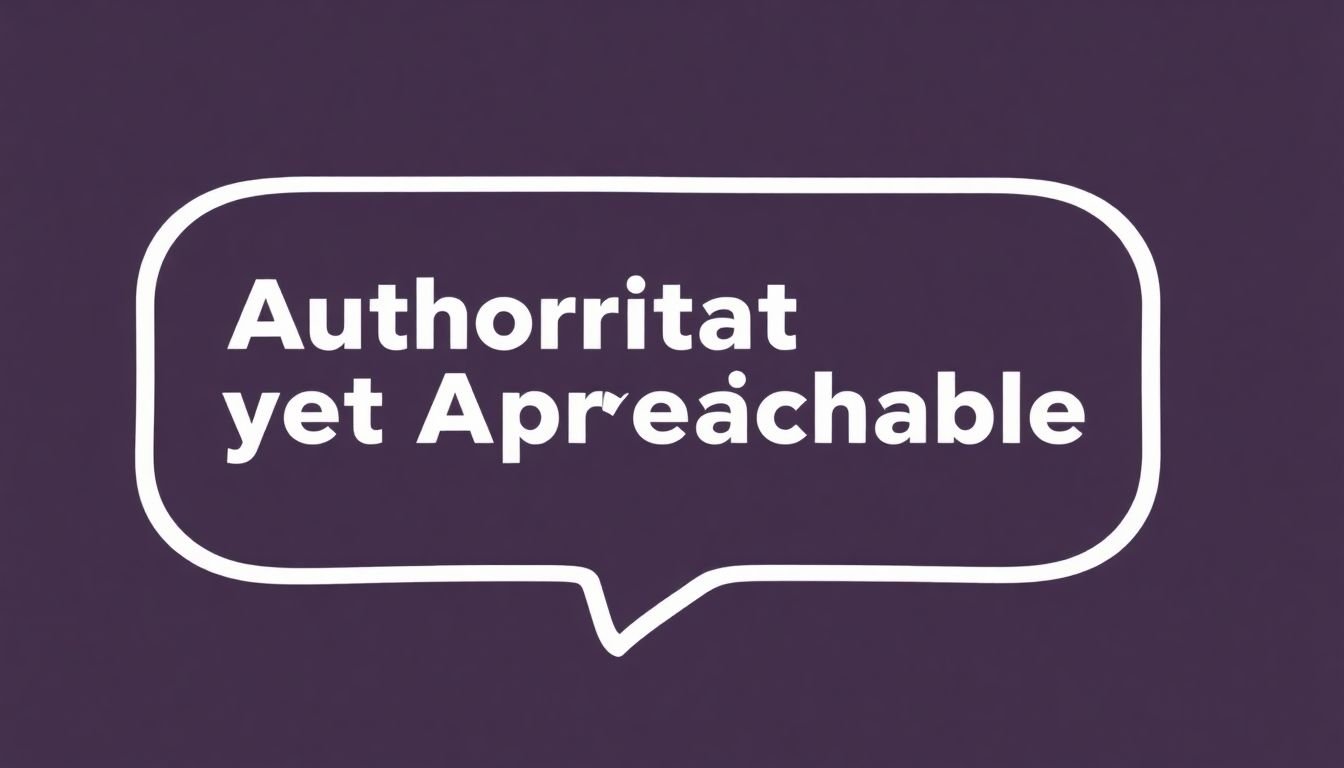
Writing in a Voice That Resonates with Your Audience
Crafting a whitepaper that truly resonates with your audience is an art that hinges on one crucial element: your voice. Your voice, much like your fingerprint, is unique to you. It’s the personality of your writing, the tone that sets the mood, and the rhythm that keeps your readers engaged.
Think of it this way: imagine you’re at a party, and everyone is speaking in monotone. It’s dull, isn’t it? Now, imagine someone walks in with a vibrant, engaging voice. They’re the life of the party. That’s the power of voice in writing. It’s what makes your whitepaper stand out, what makes your audience lean in and listen.
But how do you find this unique voice? It starts with authenticity. Be yourself. Your voice should be a reflection of who you are, what you believe in, and what you’re passionate about.
Once you’ve found your voice, maintaining consistency is key. Think of it like a musical score. Each note might be different, but the melody remains the same. Here are some steps to help you maintain that consistency:
- Establish Your Tone: Decide on the mood you want to set. Is it professional and formal, or casual and friendly? Consistency in tone helps create a cohesive reading experience.
- Know Your Audience: Understand who you’re writing for. What do they care about? What do they respond to? Tailor your voice to resonate with them.
- Create a Style Guide: This is your rulebook. It could include preferred word choices, sentence structures, or even specific phrases that you want to use consistently.
- Proofread: Always proofread your work. This helps catch any inconsistencies in your voice that might have slipped through.
Remember, your voice is your superpower. It’s what makes your whitepaper not just informative, but engaging. So, find it, nurture it, and let it shine. Your audience will thank you for it.
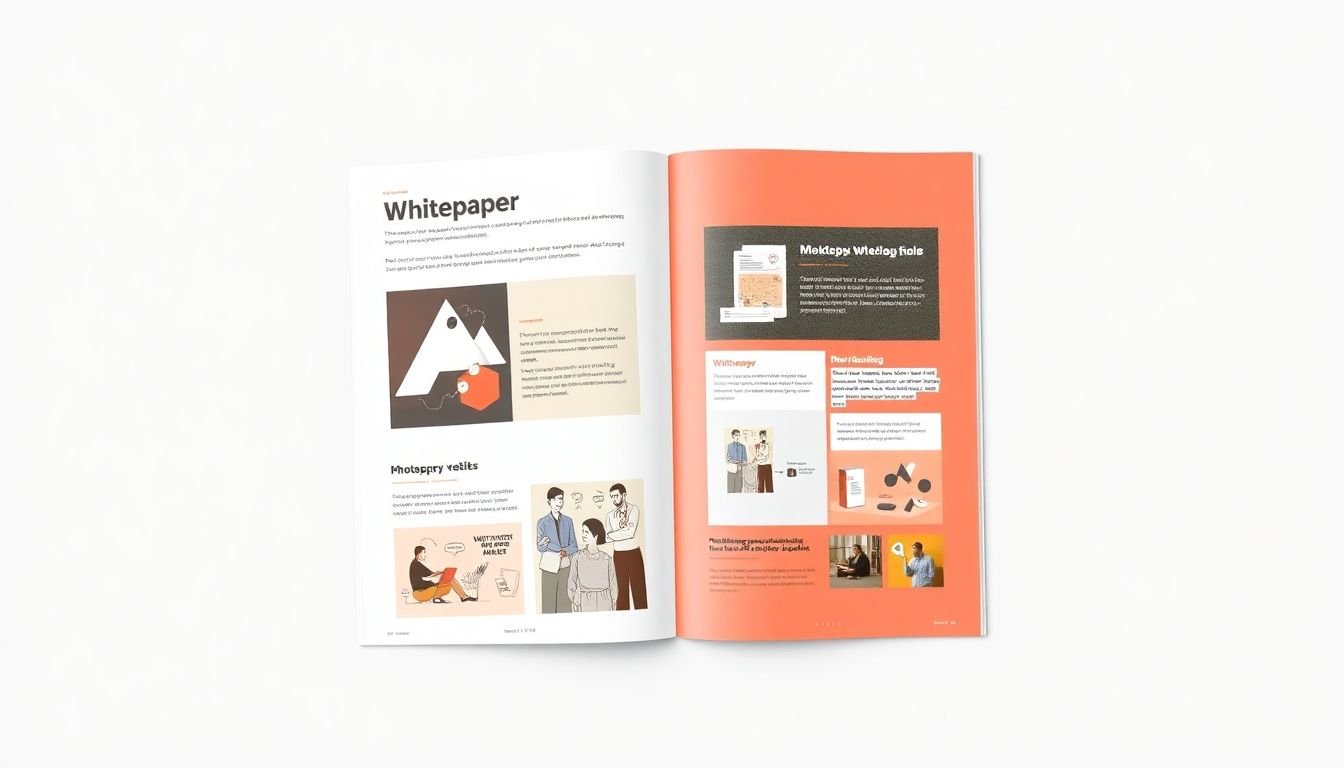
Designing an Appealing Visual Experience
Designing an appealing visual experience for a whitepaper is not just about making it look good, but also about enhancing its readability and overall impact. The role of design in this context is pivotal, as it can significantly influence how effectively your content is consumed and understood. Let’s delve into some key aspects of creating a visually appealing whitepaper.
Choosing a Visually Appealing Template:
The template you select serves as the foundation of your whitepaper’s visual experience. It’s crucial to choose one that aligns with your brand’s aesthetic and communicates your message effectively. Consider templates that are clean, uncluttered, and easy to navigate. They should provide ample space for both text and visual elements, allowing your content to breathe and engage readers.
Effective Use of Color:
- Color is a powerful tool in design, capable of evoking emotions and guiding the reader’s eye. When designing your whitepaper, consider the following color tips:
Consistency is Key:
- Ensure your color scheme is consistent throughout the document. This includes text, headings, graphs, and images.
Contrast for Readability:
- Use contrasting colors for text and background to improve readability. Dark text on a light background is typically the most readable.
Emotional Impact:
Different colors evoke different emotions. For example, blue is often associated with trust and stability, while red can convey urgency or excitement.
Incorporating Relevant Images and Graphics:
- Images and graphics can greatly enhance the visual appeal of your whitepaper and help break up large blocks of text. Here are some tips for their effective use:
Relevance is Paramount:
- Ensure all images and graphics are relevant to your content. They should support or illustrate your points, not detract from them.
Quality Matters:
- Use high-quality images that are sharp and clear. Blurry or pixelated images can detract from your whitepaper’s professionalism.
Variety is the Spice of Life:
Mix up your visuals to keep readers engaged. This could include graphs, charts, infographics, diagrams, and photographs.
By keeping these design principles in mind, you can create a whitepaper that is not only informative but also a pleasure to read.

Optimizing Your Whitepaper for Search Engines
In the digital age, making your whitepaper easily discoverable is as crucial as crafting its compelling content. This is where Search Engine Optimization (SEO) steps in, acting as your whitepaper’s beacon in the vast, uncharted waters of the internet. SEO ensures that your whitepaper isn’t just another fish in the sea, but a lighthouse that search engines like Google can’t help but notice.
Imagine SEO as your whitepaper’s personal matchmaker, connecting it with the right audience. By optimizing your content, meta tags, and images, you’re essentially creating a profile that search engines find irresistible. This increases your whitepaper’s visibility, driving more organic traffic and potential readers to your doorstep.
So, how do you create this winning profile? Let’s dive into some tips:
-
Content is King:
- Search engines love content that’s informative, engaging, and relevant. Ensure your whitepaper ticks all these boxes. Use your target keywords naturally throughout your content. Remember, you’re writing for humans, not search engines, so avoid keyword stuffing.
Meta Tags Matter:
- Meta tags are like your whitepaper’s resume. They tell search engines what your paper is about. The meta title should be compelling and under 60 characters, while the meta description should be engaging and under 155 characters. Don’t forget to include your target keywords.
Images Speak Louder:
- Images can significantly improve your whitepaper’s SEO. Ensure they’re high-quality, relevant, and have descriptive file names and alt tags. Alt tags not only help visually impaired users but also provide context to search engines about your images.
-
Optimizing your whitepaper for search engines isn’t a one-time task. It’s an ongoing process that requires patience and persistence. But with the right strategies, you’ll see your whitepaper climbing the search engine rankings, reaching a wider audience, and making a bigger impact.

Creating a Compelling Call-to-Action
Crafting a compelling call-to-action (CTA) is akin to being a master puppeteer, guiding your audience to perform the exact dance you desire
- in this case, downloading or converting. The first step in this grand performance is understanding the importance of placement. Your CTA should be the shining star of your content, not hidden in the shadows. Place it prominently, where it can’t be missed, yet doesn’t disrupt the flow of your narrative. Think of it as the grand finale of a fireworks display
- it should be the climax, not a surprise pop-up in the middle of the show.
Now, let’s talk about the words that will make your audience click. Wording is the magic spell that compels your readers to action. It should be clear, concise, and compelling. Use action verbs to create a sense of urgency
- ‘Download Now’, ‘Sign Up Today’, ‘Try it Free’. Make it personal, using ‘You’ to connect with your audience on an individual level. And remember, less is more. A CTA button with ‘Start Your Free Trial’ is more engaging than one that says ‘Click Here to Start Your Free Trial’.
Finally, design is the costume that makes your CTA stand out. It should be visually appealing, contrasting with the rest of your content to draw the eye. Use colors that evoke emotion
- red for urgency, green for growth, blue for trust. Make it big enough to be seen, but not so big it’s overwhelming. And don’t forget, consistency is key. Your CTA should match the design of your brand, creating a seamless user experience.
In essence, creating a compelling CTA is a delicate balance of art and science. It’s about understanding your audience, guiding them with clear and compelling language, and presenting it all in a way that’s visually appealing. So, go forth, master puppeteer, and create a CTA that will have your audience dancing to your tune.
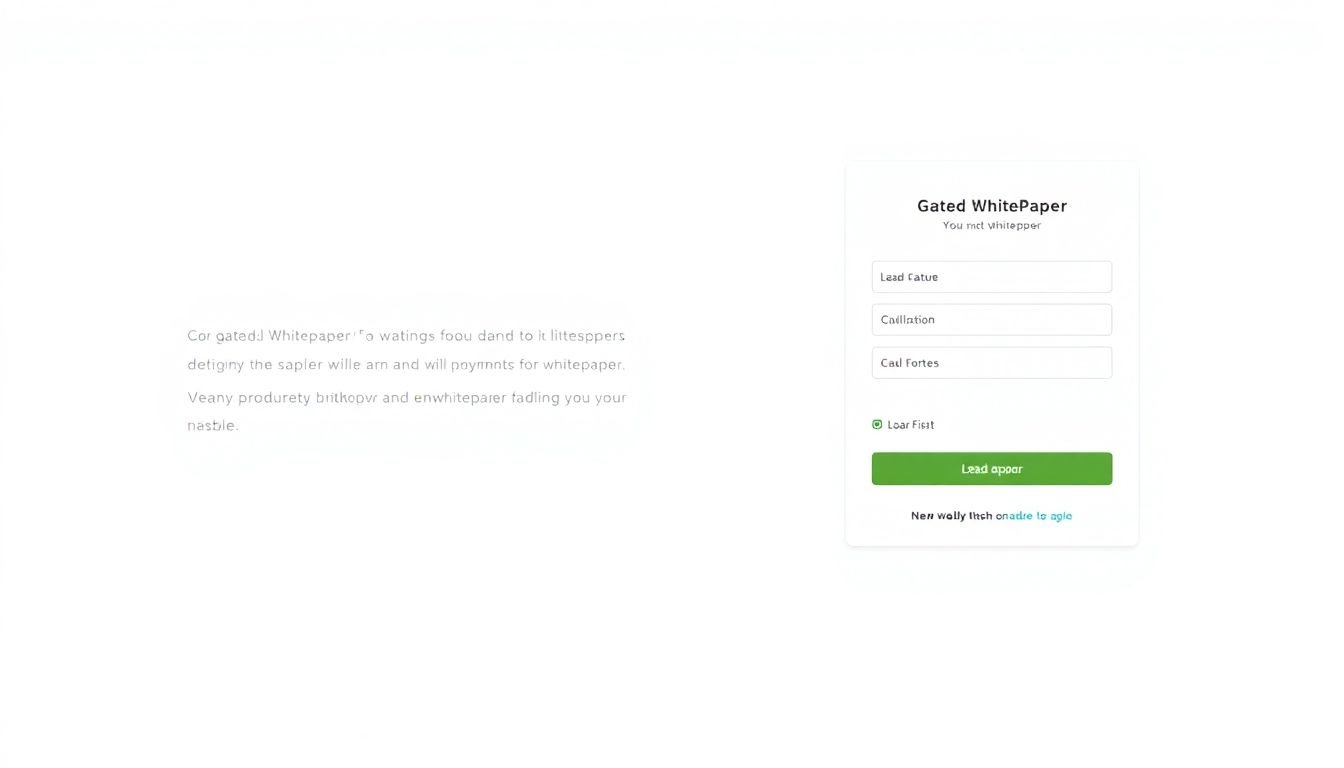
Gating Your Whitepaper: Best Practices
Gating a whitepaper, a strategic marketing tactic, involves requiring visitors to submit their contact information, typically via a lead capture form, before they can access the full content. This process, while effective for lead generation, must be balanced with a seamless user experience to avoid deterring potential leads. Let’s delve into the best practices for gating your whitepaper.
Understanding the Gate:
The primary goal of gating is to capture valuable lead information in exchange for your whitepaper. However, it’s crucial to understand that not all visitors will be willing to part with their details. Therefore, the gate should be strategically placed, usually after a brief introduction or teaser that piques their interest.
Crafting an Effective Lead Capture Form:
- The lead capture form is the heart of your gating strategy. Here are some best practices to create an effective one:
Keep it Short:
- Long forms can deter visitors. Stick to the essentials
- typically, this includes name, email address, and sometimes job title or company name.
Be Clear and Concise:
- Use simple, straightforward language. Explain why you’re asking for their information and how it will be used.
Make it Visually Appealing:
- A clean, well-designed form can significantly improve user experience. Consider using progressive forms to reduce friction.
Optimize for Mobile:
With mobile traffic on the rise, ensure your form is responsive and easy to use on all devices.
Balancing Lead Generation and User Experience:
- While gating can significantly boost your lead generation efforts, it’s essential not to let it negatively impact user experience. Here’s how you can strike a balance:
Offer a Teaser:
- Allow visitors to preview a portion of the whitepaper before they have to submit their information. This gives them a taste of the value they’ll receive and increases the likelihood they’ll convert.
Personalize the Experience:
- Tailor the form or the content based on the visitor’s behavior or previous interactions with your brand.
Test and Optimize:
Regularly review and optimize your form based on performance data. A/B testing can help you determine what works best for your audience.
By following these best practices, you can effectively gate your whitepaper, generating high-quality leads while providing a positive user experience.
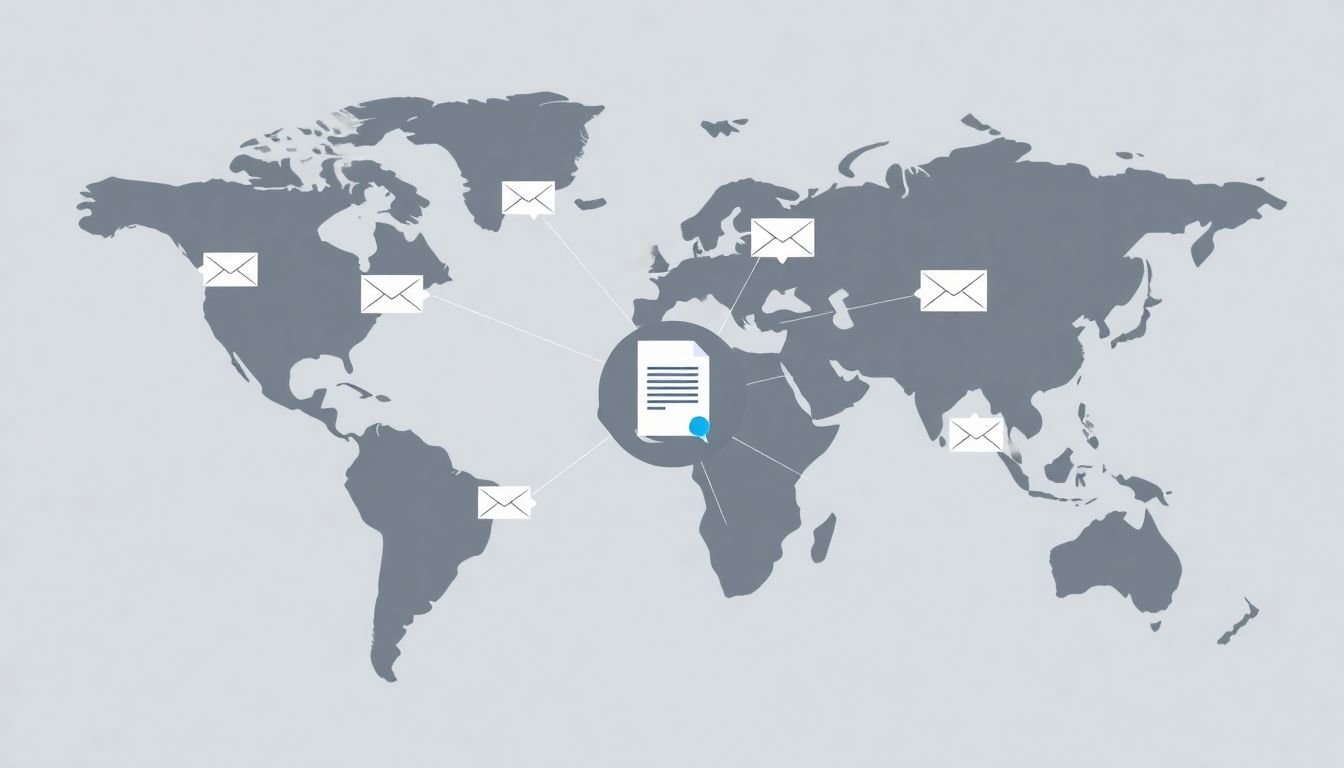
Promoting Your Whitepaper for Maximum Reach
Promoting your whitepaper effectively is crucial to maximize its reach and impact. Here’s a strategic approach to distribute and promote your whitepaper, ensuring it lands in the right hands.
Email Marketing:
Kickstart your promotion by leveraging your existing network. Send personalized emails to industry professionals, investors, and potential collaborators. Make the subject line compelling and the email concise, highlighting the problem your whitepaper solves and the solutions it offers. Use email marketing tools like Mailchimp or HubSpot to automate and track your campaigns.
Social Media:
- Platforms like LinkedIn, Twitter, and Reddit are goldmines for whitepaper promotion. Share your whitepaper on relevant groups and hashtags. Engage with your audience by responding to comments and sharing related content. Here’s a sample tweet: ‘
- 🚀Thrilled to share our latest whitepaper on #Blockchain! Discover how we’re revolutionizing [industry]. Read now: [link] #Whitepaper #Innovation #Tech
Content Syndication:
Partner with industry publications and blogs to republish your whitepaper. This not only expands your reach but also builds credibility. Ensure you maintain the original content and include a link back to your website.
Paid Advertising:
- Consider paid advertising to reach a larger audience. Platforms like Google Ads, LinkedIn Ads, and Facebook Ads allow you to target specific demographics and interests. Start with a small budget and adjust based on performance. Here are some ad ideas:
- Google Ads: Target industry-related keywords and job titles.
- LinkedIn Ads: Reach out to decision-makers in your niche.
- Facebook Ads: Target users interested in related topics and industries.
Remember, promotion is an ongoing process. Track your metrics, engage with your audience, and refine your strategy based on performance. Good luck!

Repurposing and Updating Your Whitepaper for Long-Term Value
In the dynamic world of technology and business, a whitepaper is more than just a static document; it’s a living, breathing entity that can continue to provide value long after its initial publication. To maximize its lifespan, consider repurposing and updating your whitepaper in strategic ways.
Firstly, let’s explore the art of repurposing. Your whitepaper is a treasure trove of valuable information that can be transformed into various formats to reach a wider audience and reinforce your message.
For instance, you can break down complex ideas into a series of blog posts, making them more accessible to readers. Each post could delve into a specific aspect of your whitepaper, providing a deeper dive into the topic. This not only increases the lifespan of your content but also improves your website’s SEO, driving more organic traffic.
Infographics are another powerful tool. They can visually represent data, processes, or concepts from your whitepaper, making them easily digestible and shareable. These can be used on social media, in presentations, or even as standalone content on your website.
Webinars and podcasts can also extend the life of your whitepaper. Hosting a webinar or recording a podcast based on the topics covered in your whitepaper allows you to engage with your audience in real-time, answer questions, and provide updates.
Now, let’s talk about updates. Technology and markets evolve rapidly, and what was relevant yesterday might not be today. Regularly updating your whitepaper ensures it remains relevant and valuable.
Start by setting a schedule for reviews
- this could be quarterly, bi-annually, or annually, depending on your industry’s pace of change. When reviewing, check for outdated information, statistics, or predictions, and update them accordingly.
You can also add new sections or appendices to reflect recent developments or address new questions that have arisen since the initial publication. This shows your audience that you’re actively engaged with the topic and committed to providing accurate, up-to-date information.
In essence, repurposing and updating your whitepaper isn’t just about squeezing more life out of a single document; it’s about creating a dynamic, evolving resource that continues to provide value to your audience over time.